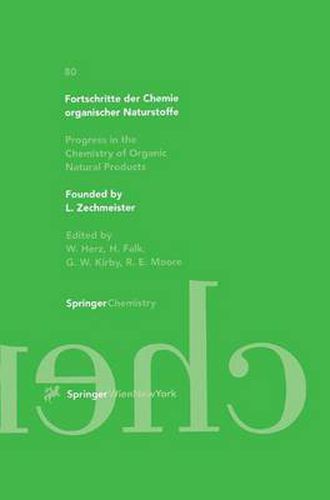Readings Newsletter
Become a Readings Member to make your shopping experience even easier.
Sign in or sign up for free!
You’re not far away from qualifying for FREE standard shipping within Australia
You’ve qualified for FREE standard shipping within Australia
The cart is loading…






This title is printed to order. This book may have been self-published. If so, we cannot guarantee the quality of the content. In the main most books will have gone through the editing process however some may not. We therefore suggest that you be aware of this before ordering this book. If in doubt check either the author or publisher’s details as we are unable to accept any returns unless they are faulty. Please contact us if you have any questions.
Glycosmis is a clearly defined genus within the tribe Clauseneae of the Aurantioideae subfamily of the family Rutaceae comprising about 40 species (1). Its range of distribution is centered in south and southeast Asia (India, Sri Lanka, Myanmar, Thailand, Malaysia, Indonesia) and extends to south China and Taiwan as well as to New Guinea and north Australia. Exceptions are only cultivated species like the Chinese G. parvijiora (Sims) Little, formerly called G. citrifolia (Willd. ) Lindley, which became naturalized in tropical America and Africa (Angola) (1). The shrubs or small trees are unarmed and possess pinnate or simple leaves with translucent punctate glands emitting an aromatic odor when crushed. The axillary inflorescences are usually dispersed closed panicles with small white flowers. The fruits are mostly pink, reddish or white berries of about I cm in diameter with only one or two seeds. The genus name Glycosmis originates from the sweet smell of the flowers and the sweet taste of the fleshy pericarp of the fruits. A good field and herbarium character of the genus is that the buds of new leaves are usually covered with short rusty-red hairs. In spite of the good delimitation of Glycosmis from the other closely related Clauseneae genera Clausena, Micromelum, Murraya, and Merrillia and the already existing subrevisionary treatment by Stone (1), there are still many unresolved taxonomic problems at the species level.
$9.00 standard shipping within Australia
FREE standard shipping within Australia for orders over $100.00
Express & International shipping calculated at checkout
Stock availability can be subject to change without notice. We recommend calling the shop or contacting our online team to check availability of low stock items. Please see our Shopping Online page for more details.
This title is printed to order. This book may have been self-published. If so, we cannot guarantee the quality of the content. In the main most books will have gone through the editing process however some may not. We therefore suggest that you be aware of this before ordering this book. If in doubt check either the author or publisher’s details as we are unable to accept any returns unless they are faulty. Please contact us if you have any questions.
Glycosmis is a clearly defined genus within the tribe Clauseneae of the Aurantioideae subfamily of the family Rutaceae comprising about 40 species (1). Its range of distribution is centered in south and southeast Asia (India, Sri Lanka, Myanmar, Thailand, Malaysia, Indonesia) and extends to south China and Taiwan as well as to New Guinea and north Australia. Exceptions are only cultivated species like the Chinese G. parvijiora (Sims) Little, formerly called G. citrifolia (Willd. ) Lindley, which became naturalized in tropical America and Africa (Angola) (1). The shrubs or small trees are unarmed and possess pinnate or simple leaves with translucent punctate glands emitting an aromatic odor when crushed. The axillary inflorescences are usually dispersed closed panicles with small white flowers. The fruits are mostly pink, reddish or white berries of about I cm in diameter with only one or two seeds. The genus name Glycosmis originates from the sweet smell of the flowers and the sweet taste of the fleshy pericarp of the fruits. A good field and herbarium character of the genus is that the buds of new leaves are usually covered with short rusty-red hairs. In spite of the good delimitation of Glycosmis from the other closely related Clauseneae genera Clausena, Micromelum, Murraya, and Merrillia and the already existing subrevisionary treatment by Stone (1), there are still many unresolved taxonomic problems at the species level.